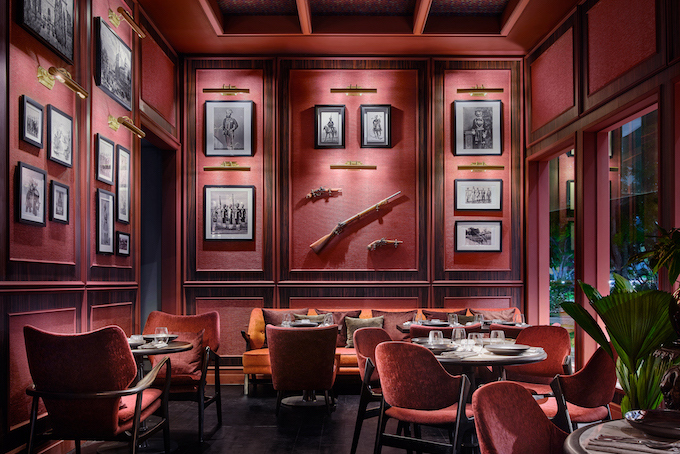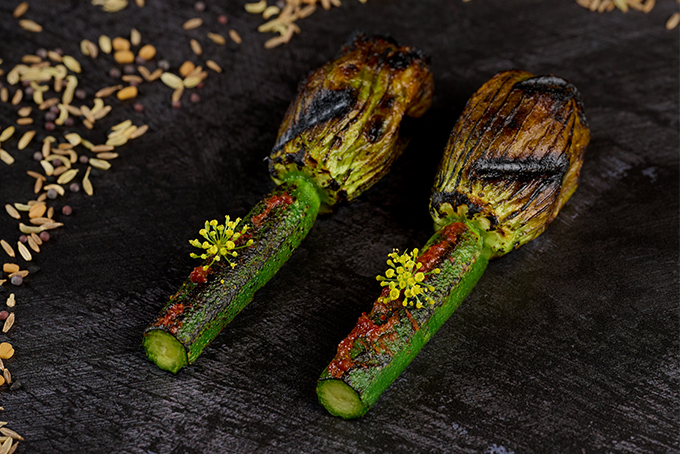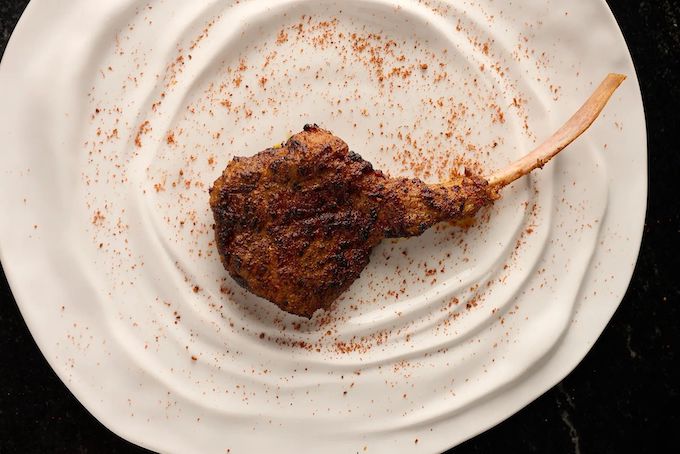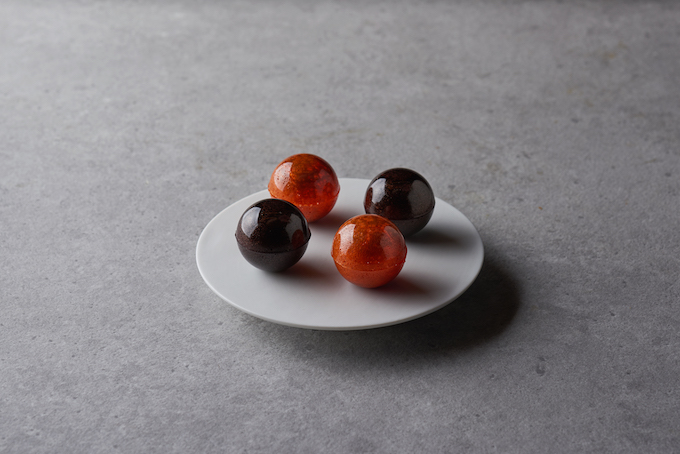‘Curry’ is not an Indian word. If that seems surprising, so will this: no language in India (and there are at least 22) uses the term ‘curry’.
The origins of the word are complicated, going far back—even beyond India’s colonial history, a period of nearly 200 years during which the vast country was occupied by its British colonisers. It is conjectured amongst etymologists that ‘curry’ first emerged in the 17th century as an anglicised version of the Tamil term kari. Kari may sound like curry, but unlike the broader catch-all term, the former refers to a specific sort of sauce that uses the leaves of the curry tree as an ingredient.

‘Curry’, on the other hand, has served English speakers well. In some parts of the world, the term has become a linguistic shorthand for Indian cuisine at large. In Asia, and more specifically in Singapore, our understanding of curry is more nuanced, perhaps because we are well-acquainted with other versions of the dish—you have your rich, coconut-y Thai curries; thicker and sweeter Japanese iterations; and of course, closer to home: the fragrant, belacan-infused Nonya kari ayam.
When it comes to Indian cuisine, ‘curry’ could seemingly refer to any sauce-based dish served with rice or a type of flatbread (naan, chapathi, tandoori roti and the list goes on). It includes everything from South Indian sambar—a delicious lentil and vegetable stew cooked with tamarind—to the ubiquitous yogurt-based tikka masala.

These are dishes that have been known and loved for centuries, both in their native cities and around the world. In Singapore, the appetite for Indian food took root when the first Indian immigrants arrived on the island. Today, our nation’s fondness for the cuisine is broadcasted via the number of establishments that serve it, from authentic family-run eateries along Race Course Road to gourmet restaurants in the finest hotels.
“A cook must preserve, to a large extent, the flavour profiles that have endured the test of time and changing tastes”
Among these myriad restaurants are three that have made a name for themselves as kitchens that do not just prepare Indian food, but also attempt to modernise it. Two of them were launched last year: the vibrant Firangi Superstar on Craig Road and grill-house Revolver in Tanjong Pagar. Modern Indian stalwart Thevar, which has been around since 2018, just clinched its first Michelin star, making it the first Indian restaurant in Singapore to do so.
These are three vastly disparate restaurants with three completely different chefs, whose menus look nothing alike. And yet, their missions ring similar: to transform conceptions of Indian food beyond what they are commonly understood to be.

At Firangi Superstar, Malaysian-born chef Thiru Gunasakaran says as much. “I’d like for guests at Firangi to say, ‘Wow, I didn’t know someone can do that with Indian food’.” His food certainly achieves this effect. At the heavily decorated restaurant (inspired by the aesthetic of colonial India, Firangi Superstar features four dining rooms, each one equally theatrical and fun to look at), Gunasakaran’s inventive dishes still manage to remain the stars.
One of his well-loved creations is Prata Waffle, a take on the classic American dish chicken and waffles, which sees Madras-style chicken fried with curry leaves and garlic set on a waffle-pressed prata and served with a butter chicken sauce and jaggery syrup. Just the name of this dish could, for some Indian food purists, immediately raise hackles. But Gunasakaran’s whimsical execution means that the dish not only looks interesting, but also tastes delicious—and familiar enough.

Herein lies the key to modernising Indian cuisine without losing its essence: a cook must preserve, to a large extent, the flavour profiles that have endured the test of time and changing tastes. Chef Saurabh Udinia of Revolver echoes this sentiment: “For me, modern Indian is not about making fusion food. I don’t play around with the authentic flavours of Indian food; I prefer to keep the full integrity of the dishes.”
At Revolver, invention comes in the form of strategically utilised ingredients—ones that are not always associated with Indian cuisine. Goat meat, which is a fairly popular protein in India, never really caught on in Singapore. So, on Revolver’s menu, Udinia replaced it with lamb. “I decided to bring in beautiful Magra lamb chops from Australia, but still use the same traditional three-day marinade to cook and grill it over a woodfire, like I would with goat.”

“I want diners at Revolver to go home with a better understanding of Indian cuisine that’s not limited to curry, naan, prata, biryani and thosai,” Udinia shares. To that end, he works with scallops (grilling them directly over a flame instead of using common methods like pan-searing) and courgette flowers (often seen in Italian cooking, but never made the way Udinia does them—stuffed with spiced potato mash and flavoured with curry leaves), introducing Indian flavours to the delicate ingredients while maintaining the textures that render them delicacies.
While Firangi Superstar and Revolver have had just a mere few months to find their respective identities, Michelin-starred Thevar has amassed a strong reputation in the three years since it has been open. The restaurant is known best for seamlessly combining Indian flavours with European technique, resulting in gastronomical wonders like head chef Manogren Thevar’s take on pani puri—a futuristic-looking technicoloured sphere that encapsulates the explosive flavours of the chaat dish in a single bite.

As Thevar reveals: “I juice an heirloom purple carrot and then dehydrate what remains and mould it into a sphere. Then, I add a fermented buttermilk filling to open up the palate.” It’s a notable effort—and the wow factor it delivers comes hand in hand with unforgettable taste.
Innovative spirits aside, one thing that the three chefs clearly share is a great emotional attachment to Indian cuisine. Each chef feels a deep sentimentality towards the food he makes, largely because their repertories have been shaped by past experiences and childhood memories. Gunasakaran, in particular, has brought his family’s culinary traditions within the walls of his restaurant.

At Firangi, guests are invited to end the meal with a shot of lobster rasam, Gunasakaran’s take on the mainstay South Indian soup. It may seem like an unconventional choice, but it comes from a habit he picked up from his mother, grandmother and aunts. “Growing up, we’d always have a pot of rasam to end the meal with, no matter what we were eating. It’s good for digestion and it just feels like home,” he shares. Compared to the more ambitious dishes on his menu, this final sip of seafood-infused rasam may not seem the most modern—but more importantly, it feels distinctly, unmissably, Indian.
For more stories like this, subscribe to the print edition of Vogue Singapore.





